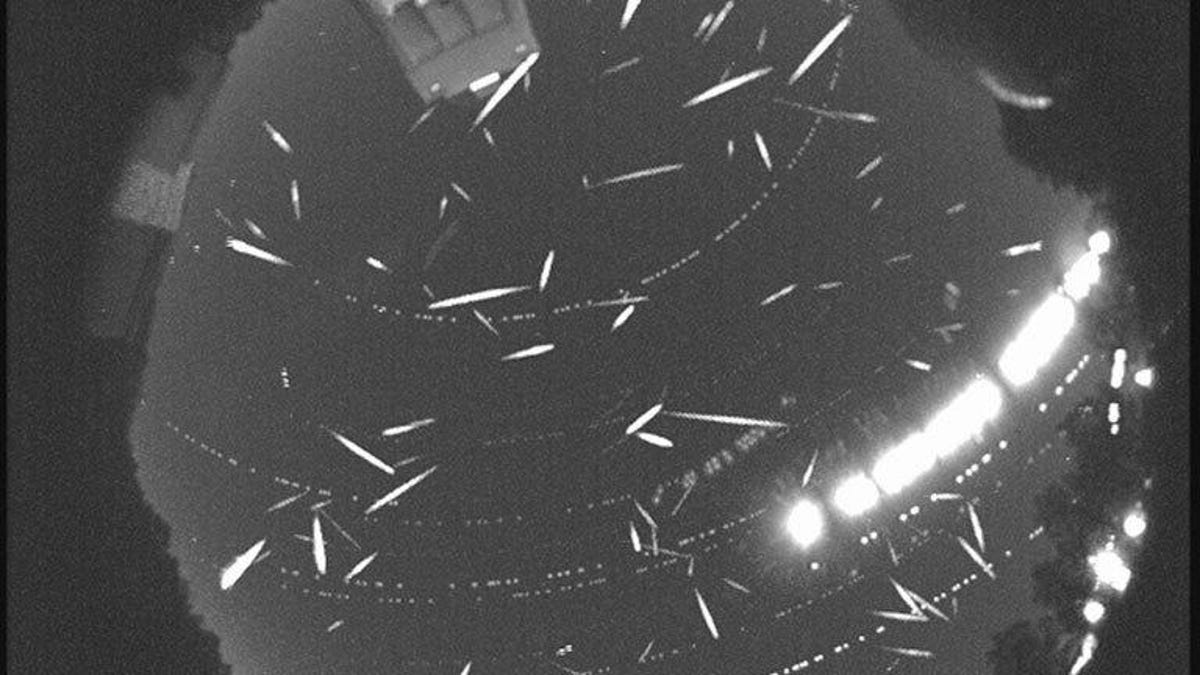How to watch the Geminid meteor shower hit its peak this weekend
Get ready for meteor magic as the Geminids blast colorful streaks across the night sky.
The Geminids are royalty when it comes to meteor showers. This annual festival of shooting stars is a reliable and flashy crowd-pleaser. The shower hits its peak on the night of Friday, Dec. 13 and the morning of Saturday, Dec. 14, when you can expect the highest concentration of showy streaks across the night sky.
Enigmatic space rock 3200 Phaethon brings us the Geminids every year. This composite image shows a radar view captured by the Arecibo Observatory in 2017.
The Geminids are a gift from 3200 Phaethon, which visits our neighborhood around the same time every year. There's still some debate as to whether 3200 Phaethon is an asteroid or an extinct comet. Either way, it brings quite a light show to Earth.
This year's performance may not be quite as spectacular as some due to competition from an almost-full moon. The moonlight will drown out some of the fainter meteor trails.
"Instead of seeing 60 or more Geminids per hour one may still be able to count roughly 20 per hour," the American Meteor Society said.
Despite the viewing issues, the Geminds are still worth a gander. The shower traditionally delivers bright, impressive meteors that light up the sky. The best viewing is in the Northern Hemisphere, but people on the southern end of the globe may also see some fine meteors.
Most of the usual meteor shower viewing advice stands for the Geminids. Try to find a spot with minimal light pollution (especially since you'll be battling the moon this year) and give your eyes time to adjust to the dark. Get comfortable and keep an eye out across the entire sky.
You might need to lose a little sleep to get the best look at the Geminids. Prime viewing time will come after midnight. Give yourself a decent window as the Geminids are known to act up in spurts, so there may be quiet moments interspersed with more active periods.
If cloudy skies (or frigid temperatures) ruin your Geminids party, then you should be able to follow the fireball action online instead. The Virtual Telescope Project is hosting a live observation session starting at 8:00 p.m. PT.
The American Meteor Society has also invited space fans to tune into its Facebook and Twitter accounts for details on live coverage from its AllSky6 Camera network. Happy fireball hunting!
Originally published Dec. 9.


